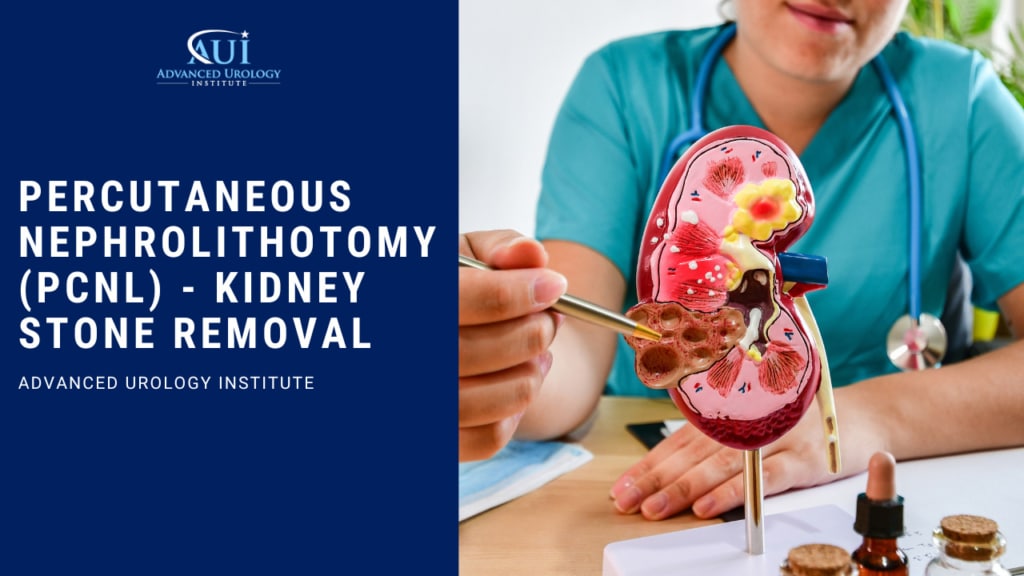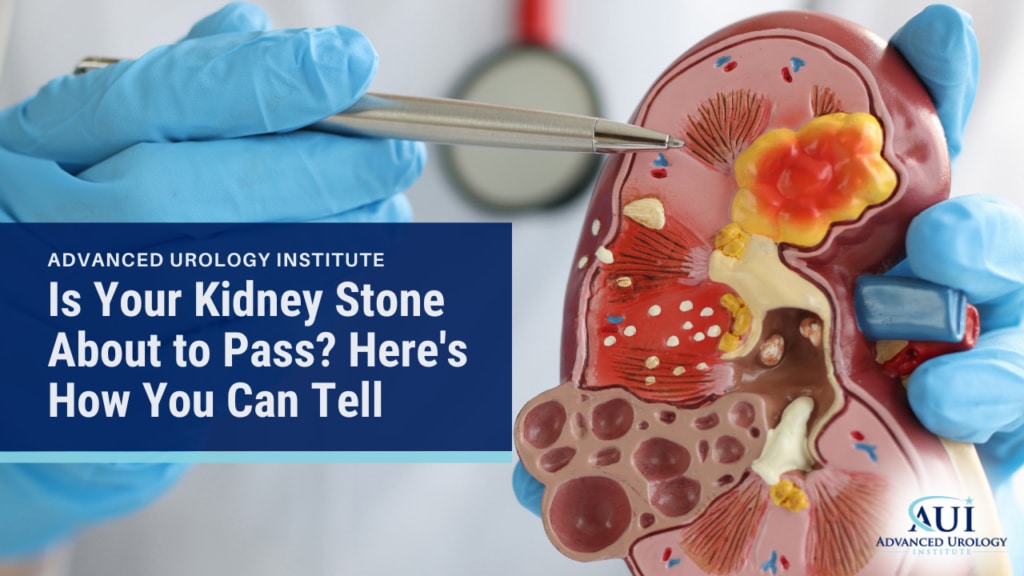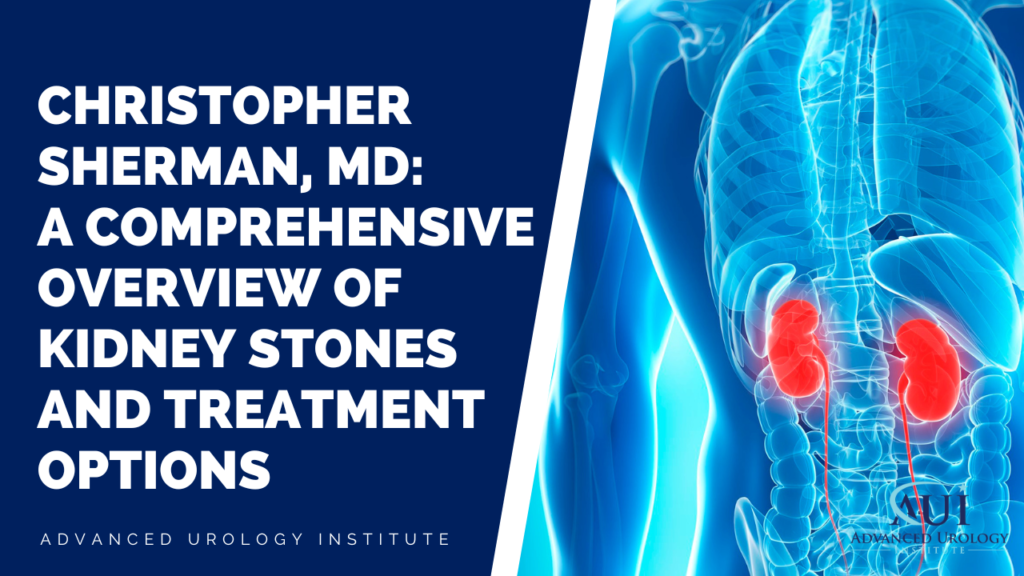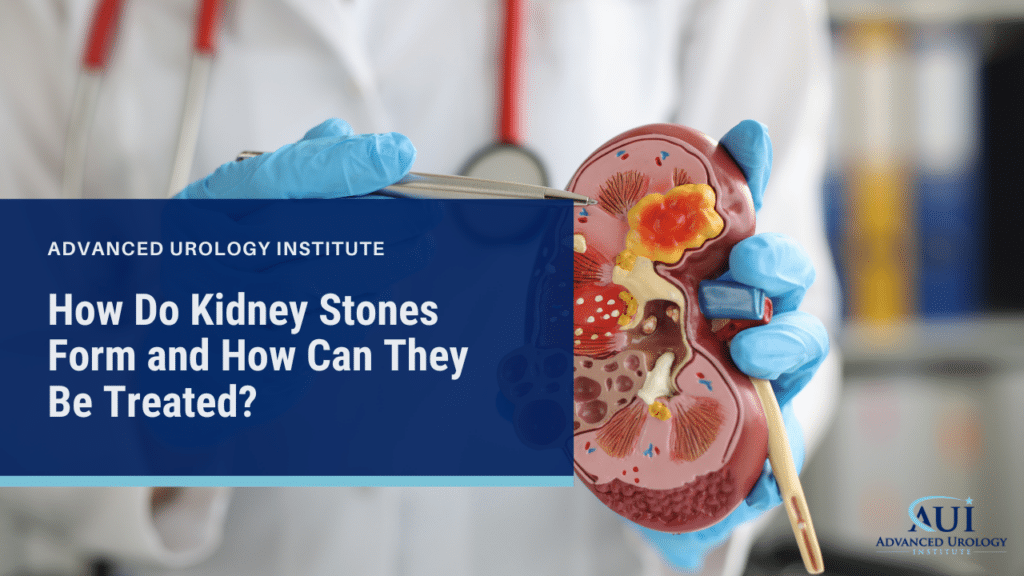STONE DISEASE
STONE DISEASE

Almost $2 billion was spent in the year 2000 on the management and care of patients with stone disease, and this expense appears to be rising annually. Nephrolithiasis (kidney stones) are twice as common in the southeastern United States, as the warmer climate likely leads to increased sweating, insensible fluid loss, and lowered urine output. Therapeutic and surgical options have improved urologists’ ability to treat the pain and acute manifestations of this disease, but in many individuals, prevention is crucial because the disease is life-long and recurs quite frequently.
How do Kidney Stones form?
Crystals can be found within the urine of almost all humans. These crystals are thought to be a normal body response to get rid of excess dietary mineral and to conserve water. Instead of being harmlessly excreted, stone formers’ urinary crystals nucleate (grow) and aggregate (stick) within the kidney, resulting in a cascade of events that lead to stone formation. The exact biological mechanisms remain unclear, but one way to prevent urinary crystals is to decrease the amount of acid, calcium, and oxalate in the urine OR to increase the amount of citrate and magnesium.
How do I prevent kidney stone recurrence?
The best proven method of stone prevention is to increase the amount of urine that you make. By the simple process of urinary dilution, crystals are unable to collect within the kidney and pass in the urine without forming a stone. As many stone formers have “metabolic” risk factors for kidney stones (see Section II), talk to your urologist about obtaining a metabolic profile to better understand the reason for your stone disease, in particular if you’ve had more than 2 or 3 stones in your lifetime.
Kidney stones present in a variety of ways. The most classic presentation is severe, intense pain. The pain is usually sudden onset, although it may increase over a period of hours to a peak in some individuals. It may be either steady or intermittent (colicky) and many times it is associated with nausea and vomiting. Depending on the location of the stone as it passes through the ureter, the pain classically starts in the flank or back area and slowly radiates downward to the inguinal ligament, bladder, urethra or testicle/penis. When stones are present in the portion of the ureter within the bladder wall, they can cause bladder or urinary symptoms, like painful urination and frequency of urination. The associated nausea and vomiting can contribute to the development of dehydration, and most patients describe the pain as the worst they have ever experienced. Many patients will have blood in the urine (hematuria), either grossly (visible) or microscopic. This is usually a result of local stone trauma as it passes along the lining of the kidney, ureter, and bladder. Because the stone is a foreign body, it provides a perfect nidus for bacteria to live on, and urinary tract infections many times are associated with kidney stones. If the infection is accompanied by obstruction or partial obstruction of the kidney or ureter, emergent decompression of the kidney is required. Otherwise, the infection can spread to the kidney or bloodstream (urosepsis). Obstruction of the renal pelvis or the ureter is often associated with stone passage, and untreated obstruction, even if partial, can lead to irreversible loss of renal function, particularly if lasting longer than 4 – 6 weeks. Not all kidney stones cause pain, and many stones are discovered “incidentally” (while looking for other things) during abdominal or pelvic x-rays. Occasionally, microscopic hematuria may be the only manifestation of stone disease.
Risk factors for Stone Disease
Risk factors for stone disease are generally divided into non-dietary, dietary, and urinary.
Non-dietary Risk Factors
- Patients with stone-forming family members have a 2.5 times greater risk of developing stones than those without stone-forming family members. Despite years of study, the genetic causes of stone disease is still unknown and certainly more research is necessary in this area. A number of medical conditions have high association with kidney stone disease. Any type of chronic diarrhea state (such as Crohn’s disease, gastric bypass, inflammatory bowel disorder), primary hyperparathyroidism, obesity, gout, and even diabetes have all been linked to increased risk of kidney stone disease. Therefore, in addition to kidney health, it is essential that stone formers have tight control of their diabetes, their bowel function, and their waistlines. Otherwise, controlling one’s stone disease may prove quite difficult.
Dietary Risk Factors
- Urinary composition is influenced by volume intake, diet, and kidney regulation of metabolites. Dietary risk factors include meals high in animal protein, oxalate, and salt. Low calcium intake and low urine volumes have also been implicated as other dietary causes of stone disease. Therefore, unless instructed otherwise, all kidney stone patients should restrict their daily animal protein (in particular red meat) to less than 10-12 ounces/day and decrease their salt (sodium) intake to less than 3,000 mg/day, if not < 2,400 mg/day. They should take in somewhere between 1000-1500 mg of dietary calcium (milk, cheese, yogurt, ice cream, etc) and should attempt to make more than 2 liters of urine daily. Vegetables and fruit, in particular fruit or fruit juice high in citrus, should be a regular part of a balanced diet.
Urinary Risk Factors
- Approximately 97% of kidney stone patients will have one or more identifiable urinary risk factors for stones, seen during a “metabolic profile” or 24 hour urine chemistry. This includes high urinary calcium (hypercalciuria), high oxalate (hyperoxaluria), high uric acid (hyperuricosuria), low urine citrate (hypocitrituria), and/or urinary tract infection. Talk to your urologist about obtaining a metabolic profile to better understand the reason for your stone disease, in particular if you’ve had more than 2 or 3 stones in your lifetime.
The diagnosis of a kidney stone, especially during an acute stone passage, can be made almost entirely based on the history of the event. Emphasis will be placed by the physician on patient’s clinical signs, physical exam findings, familial disorders, and the presence or absence of previous renal stones. A urinalysis done either in the emergency room or by your physician will many times reveal blood (hematuria) or white cells (pyuria) in the urine. A culture of the urine is typically done to excluded by urine culture. In addition to cells, the presence of urinary crystals (crystalluria) may permit a presumptive identification of stone type. Ideally, patients should strain their urine until the stone is passed in order to obtain crystallographic stone analysis. The analysis of the stone for its mineral composition aids your urologist in understand your future stone risk and in guiding dietary restrictions and habits.
Radiologic studies are essential in kidney stone evaluation, as stone size, location, density, and degree of hydronephrosis (back-up of urine) all play a crucial role in how the kidney stone is managed and treated. Non-contrast spiral computed tomography (CT, or CAT scan) of the abdomen and pelvis is the study of choice to diagnose kidney and ureteral stones, identifying with high confidence stones of any type. A plain abdominal radiograph may show radio-dense stones (80% of all stones) containing either calcium, struvite, or cystine but may miss radiolucent uric acid stones. Ultrasound is useful in identifying hydronephrosis but has poor sensitivity for stone detection. An intravenous urogram, while informative for anatomic details and for obstruction, is technically demanding, requires a contrast load, and has essentially been replaced by CT in most modern practices.
PHYSICIANS WHO SPECIALIZE IN
STONE DISEASE




STAY IN THE KNOW



























